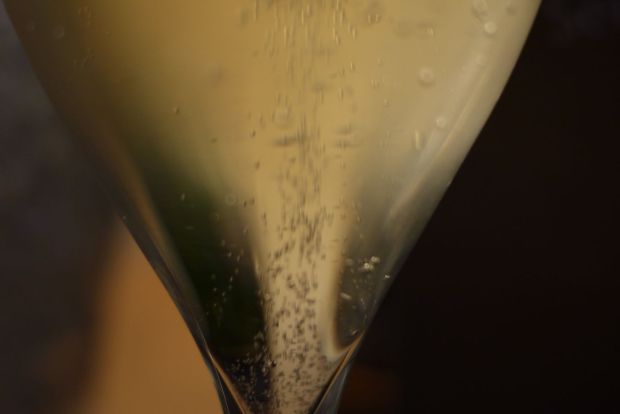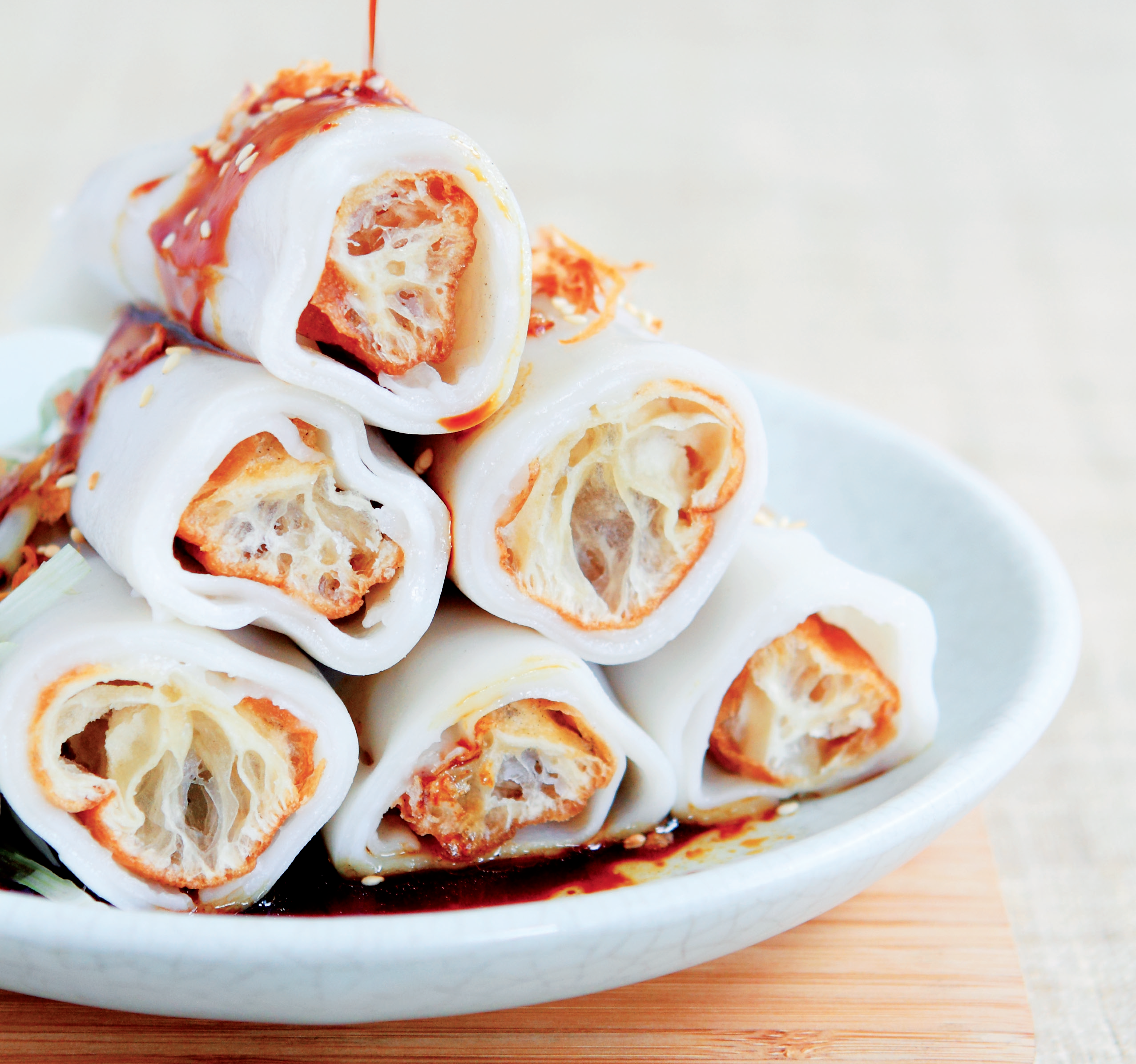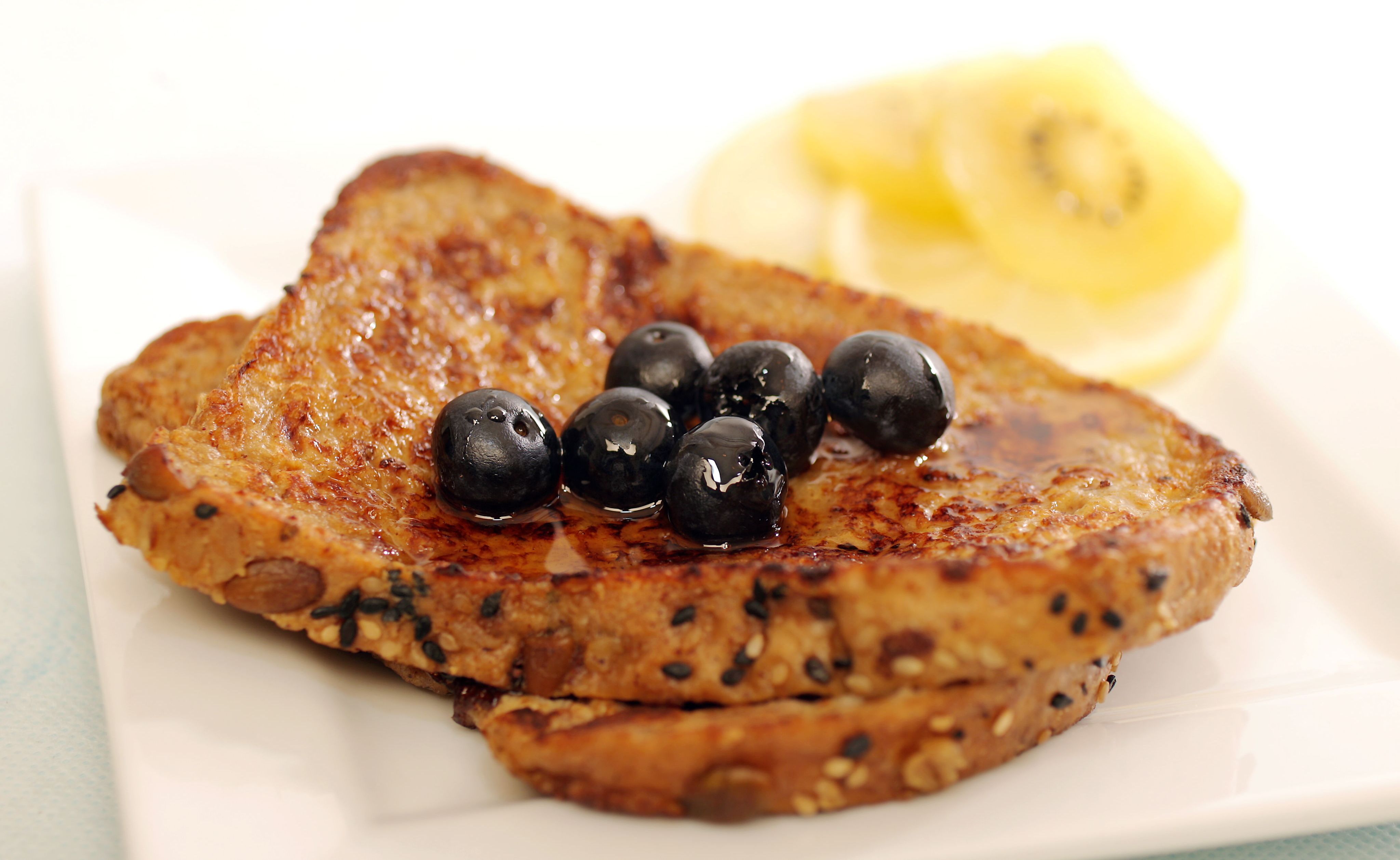NOTICE the touch of dried cherries and cinnamon, with nuances of roasted nuts and honey in your drink? It would be next to impossible to do without your nose.
So important is your sense of smell in appreciating Champagne that a lot of thought goes into every aspect of the experience – including the familiar predicament of what glass size and shape you should use.
It’s very much dependent on personal preference and the inherent characteristics of the Champagne in question, of course, although it is a widely held notion that the bigger the glass opening, the better one’s access to the flavours.
So where does this leave the Champagne flute, a stem glass with a tall and narrow bowl?
The term Champagne is reserved for sparkling wine produced from grapes grown in the region of Champagne, in France.
Interestingly, Jérôme Legras of family-run Champagne house Legras & Haas says that in Champagne, hardly anyone drinks Champagne from flutes.
“Flutes are not kind to the flavour, especially when it is good Champagne. I don’t own flutes, I have never drunk Champagne from them at home, and I will probably never do it,” says the youngest son of the founders of the Champagne house during a chat in Kuala Lumpur recently.
Apparently, there is a glass produced in Champagne that is used for the beverage of the same name that is approximately the same size as a Riesling glass, but its bowl has a pointed base to help bubbles rise (see picture).
“The vinalies is produced by a glassmaker in Champagne, and is used solely for Champagne. When you buy a good product, you want the whole experience, you want everything. If you use a vinalies to drink Champagne, there will always be a column of bubbles rising from the bottom. The experience for the nose is quite close to using a Riesling glass, but it adds a lot more to the aesthetics, as the pattern of the bubbles makes it much prettier. It’s just that one little thing that makes it perfect,” says Legras.
Aesthetics aside, he stresses that the most important thing in winemaking is harvesting healthy grapes. Much like in cooking, having quality raw material is a critical aspect of the process.
“Good grapes make good juice, and good juice makes good Champagne. That’s the most important thing by far. You can always cover mistakes, but hiding a mistake is always going to make a wine feel thinner, smaller. When you erase a bad taste, you erase a good taste at the same time. So you want to have pristine quality grapes, which means absolutely no rot, no fungus on the grape, and very ripe grapes that are easy to press,” he says.
Blends can turn out very different from its individual parts, and the treatment it receives in the winery, the ageing process, and how the Champagne is stored can greatly influence the final taste and shelf life. Always keep Champagne in a cool, dark place, and do not submit it to rapid temperature changes as that will cause it to age faster.
So there’s plenty a winemaker can do to get creative in the wine-producing department, but Legras recommends that you should not try to make a wine that goes too far beyond what the raw material gives you.
“The less is done to the wine, the more true the wine will be. It’s quite exciting for us when we taste a wine and can recognise and identify where it comes from,” he says.
Legras & Haas currently has around 35ha of vineyards to its name, of which the vast majority is located in Chouilly (in north-eastern France), a Grand Cru of the Côte des Blancs, planted exclusively with Chardonnay. The family also has vineyards in Riceys and Perthois.
“Grapes from east-facing hills have a different character than north-facing hills, just as it is different with those from old vineyards compared to young vineyards. Grapes that grow in shallow soil will have a different character than those in deep soil. So grapes from one village will taste different from those from another village. Even the same variety planted in a different area will be different from each other,” Legras says.
He points out that there is a Pinot Noir vineyard in the south of France that has such a distinctive aroma that when its juice is pumped from one vat to another, everyone knows it comes from this specific village.
“It’s has such a characteristic strawberry nose, you cannot find it in another place. You don’t have to put your nose near the vat, you don’t have to taste it. You can tell what it is even from 20m away. It’s overpowering and beautiful,” he says.
The Legras & Haas Exigence, an exquisite blend of Grand Cru Pinot Noir grapes from Aÿ and Grand Cru Chardonnay from Chouilly, is a good example of how precise Champagne-making can be. The house only produces around 3,000 bottles every two or three years, as the family waits for an exceptional Pinot Noir harvest from an old vineyard in Aÿ before proceeding with production.
“It’s not possible to do more because we make it only when we find the perfect grapes, and we blend it with all the best vintages we have. This is not something we have every year,” Legras explains.
According to him, the longer you are in the industry and the more you taste, the more obvious the differences will be. However, he concurs that some vintages are so exceptional that even someone with minimal experience would be able to tell that it is something special.
“For me, this happened in 2008. I’ve only been working for the house for around two years, so I had very little experience. When I tried the juice after the first press, I clearly remember thinking that I’ve never had a juice in my mouth that was so rich in terms of flavour, so sweet and acidic. It was just an explosion of so many different things. I was very, very excited. It was the most well-balanced wine we have ever had, with perfectly matched levels of acidity and sweetness. This was something I had never seen and will probably never see again,” he says.







